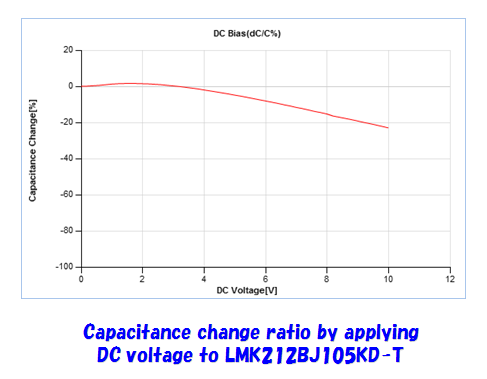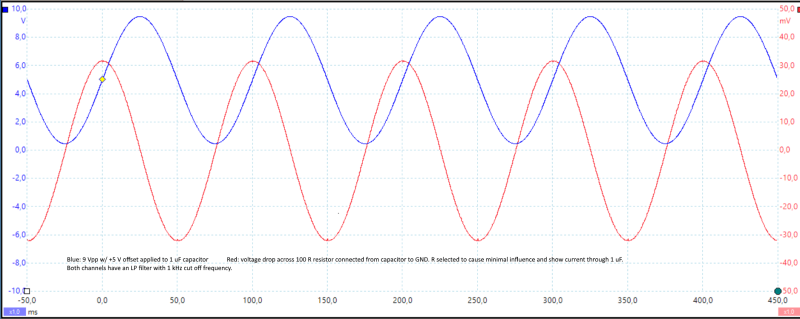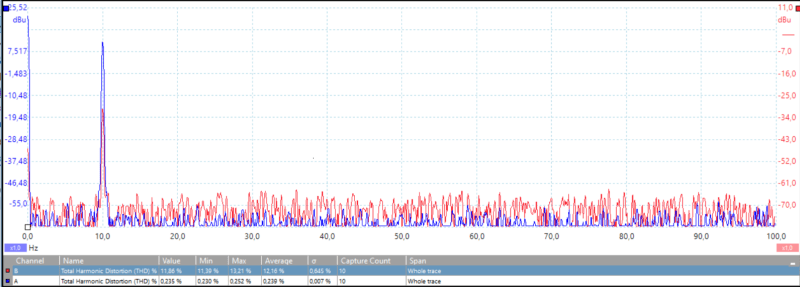-
1
- #1
Skogsgurra
Electrical
I am running a column in the Swedish paper Elektronik i Norden where different topics are covered. A Little like Bob Pease did in Electronic Design.
A question about elctrolytic capcitors and how capacitance changes with voltage was brought up and I ran a quick test.
The result: Yes, there is a reduction when going from near rated voltage down to one tenth of that voltage. The measured change was between 3 and 8% for capacitors in the 1 through 47 uf range with 50 V rated voltage.
Considering that tolerances for these capacitors usually is -20% and +50% I don't think that it matters much.
Question: Does anyone among the readers have any experience where this capacitance variation has been a problem? Any other Comments?
Gunnar Englund
--------------------------------------
Half full - Half empty? I don't mind. It's what in it that counts.
A question about elctrolytic capcitors and how capacitance changes with voltage was brought up and I ran a quick test.
The result: Yes, there is a reduction when going from near rated voltage down to one tenth of that voltage. The measured change was between 3 and 8% for capacitors in the 1 through 47 uf range with 50 V rated voltage.
Considering that tolerances for these capacitors usually is -20% and +50% I don't think that it matters much.
Question: Does anyone among the readers have any experience where this capacitance variation has been a problem? Any other Comments?
Gunnar Englund
--------------------------------------
Half full - Half empty? I don't mind. It's what in it that counts.




![[poke] [poke] [poke]](/data/assets/smilies/poke.gif)
![[rofl] [rofl] [rofl]](/data/assets/smilies/rofl.gif)


